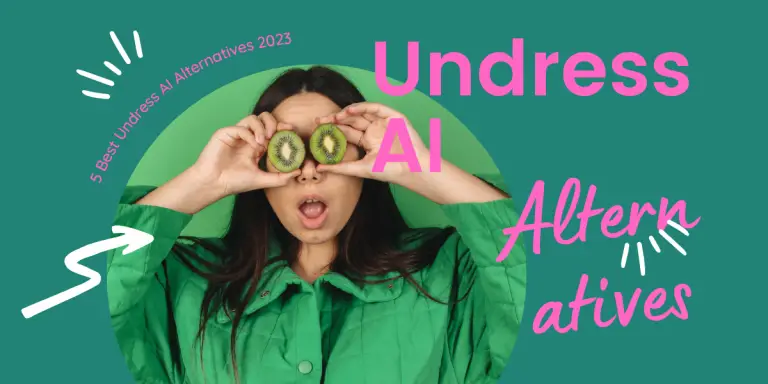Artificial Intelligence (AI) continues to push the boundaries of innovation, often veering into controversial territories. One such innovation, Undress AI, has recently sparked significant discussion and debate. This technology involves using AI algorithms to digitally remove clothing from images of people. The ethical implications of such a tool are profound and multifaceted, raising questions about privacy, consent, and the potential for misuse.
Understanding Undress AI
The concept of Undress AI is simple yet unsettling. It utilizes sophisticated AI models, often based on deep learning and neural networks, to generate realistic images of people without clothing. This process involves intricate image processing techniques, making use of vast datasets to accurately predict and render the underlying body structure.
Technological Advancements Driving Undress AI
Advancements in machine learning and computer vision have been pivotal in the development of Undress AI tools. Technologies such as GANs (Generative Adversarial Networks) allow for the creation of highly realistic images, which, when coupled with powerful computational resources, enable the undressing algorithms to function with increasing precision and realism.
Generative Adversarial Networks (GANs)
GANs have been a groundbreaking development in the realm of AI, making possible the generation of synthetic images that are virtually indistinguishable from real photos. In the context of Undress AI, GANs are employed to create nude images based on patterns learned from vast image datasets.
Data and Training
The efficacy of Undress AI largely depends on the quality and extent of the data used for training. These datasets often consist of millions of images, which help the AI learn to predict and render body shapes accurately. However, the use of such extensive and often sensitive data raises significant ethical concerns.
Ethical Considerations
Undress AI presents a host of ethical challenges. The primary concern is the potential for abuse, including privacy violations and non-consensual use of the technology.
Privacy Violations
One of the most pressing issues is how Undress AI tools can be used to invade personal privacy. The ability to create nude images without someone’s consent is inherently intrusive, posing a significant threat to individual privacy and dignity.
Non-Consensual Usage
The aspect of consent is crucial when discussing Undress AI. Generating nude images without the subject’s explicit permission constitutes a serious ethical breach and can lead to emotional harm, reputational damage, and even legal consequences.
Regulatory and Legal Aspects
Given the sensitive nature of Undress AI, there is a growing need for robust regulatory frameworks to govern its use. Legal measures must be put in place to prevent misuse and ensure that the rights and privacy of individuals are safeguarded.
Policy Development
The development of comprehensive policies and guidelines is essential to regulate the use of Undress AI. These should encompass stringent rules on consent, data privacy, and penalties for violations, ensuring that the technology is used responsibly and ethically.
Read more about ai undress here.
International Collaborations
Tackling the challenges posed by Undress AI requires international cooperation. Global standards and agreements can help in creating a unified approach to regulating the technology, preventing cross-border misuse and protecting individuals worldwide.
In conclusion, while the advancements in Undress AI highlight the incredible potential of artificial intelligence, they also underscore the urgent need for ethical considerations and regulatory measures. As we navigate this complex landscape, it is crucial to balance innovation with respect for personal privacy and consent, ensuring that technology serves humanity without compromising our fundamental rights and values.






